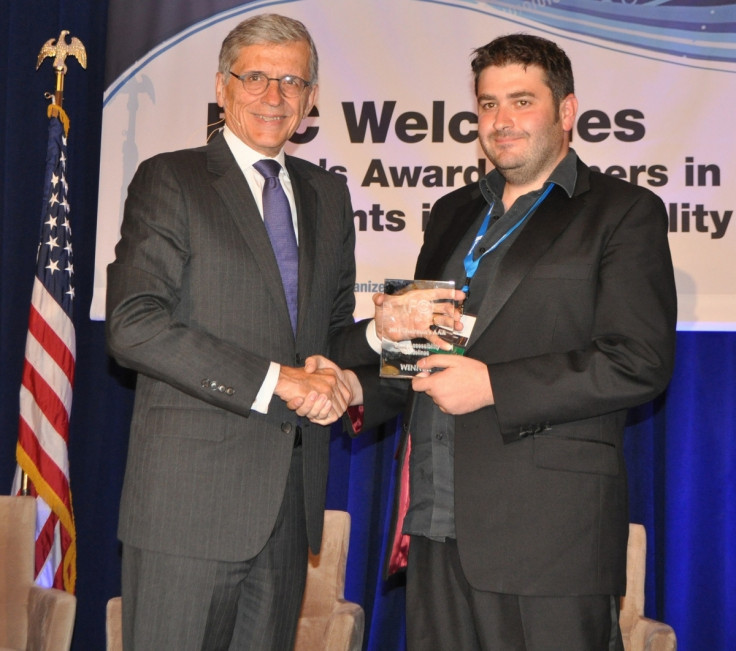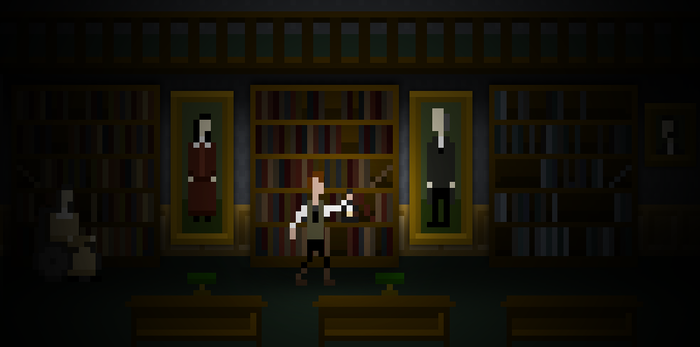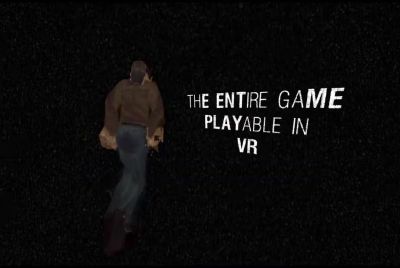Making Games for Everyone: How Developers Can Make Games More Inclusive and Profitable

"If you speak with people who have disabilities, they aren't interested in playing a game that's been developed specifically for them – they want to play the game that everyone else is playing."
You might call this Ian Hamilton's mission statement.
He's the co-author of the Gaming Accessibility Guidelines, a white paper designed to help developers better understand the requirements of players with disabilities. The idea behind the guidelines is to centralise concrete, practical advice on how to tailor videogames to be more easily played by people with motor or cognitive impairments.
Ensuring your games are compatible with specialist hardware is one thing. Building in small software optimisations, such as larger fonts for people with eyesight problems, is another. Rather than create a subset of titles that cater specifically to the differently-abled, Gaming Accessibility is about inclusion – about improving videogames in minor and major ways that benefit everybody.
Obstacle
But Hamilton, a game and user interface designer who previously worked for the BBC, says that awareness, rather than technical know-how is the biggest obstacle for accessible gaming:

"Compared to other industries I've worked in, people in games tend to be in games for the right reason. They want to share a creative vision. The barrier isn't that people don't want to do this. It's that there hasn't been the awareness or the knowledge that it's even an issue.
"The previous information that was out there was either too shallow, like a top 10 list of things to try, or too detailed, as in, lots and lots of academic information that was difficult to work through. But the new guidelines are being accessed by everyone, from small developers up to AAA publishers."
They've also, recently, picked up an award, from the Federal Communications Commission (FCC) in the US. Compared to a few short years ago people are starting to better understand what accessibility means.
"Go back five years," says Hamilton "and if someone with a disability posted on a game forum saying they were having trouble playing, they would have been met with vitriol, because it was assumed what they were asking for was to have the game diluted down to the lowest common denominator. Now it's different. I saw a forum for Assassin's Creed 4 where someone was saying they weren't going to buy the game if it didn't have accessibility features – they couldn't do it in good conscience, knowing other people wouldn't be able to play it.
Small optimisations
"Big AAA games with accessibility features have really helped raise awareness, games like Borderlands 2 and Battlefield 4. It gives gamers an example of what these features are like."
Accessibility doesn't mean stripping a game down or pulling apart.
As Hamilton says, that wouldn't be of interest – people want to play what their friends are playing, not some patronising half version. Accessibility features can be just small things.
An example comes from EA's Burnout Paradise, which has its in-game map colour coded using mostly shades of red and green. For the large percentage of people who have colour blindness, that's no good – it's impossible to discern the different features on the map. So, using icons, pictures, symbols, etc., a-la Grand Theft Auto, enables those people to more easily play the game.
Another barrier is text prompts. 14% of adults in the UK have a reading age of 11 or below, so on-screen text which appears for just a limited time is no help to them. As the guidelines suggest, just a small optimisation, like letting players press a button to close a text prompt, rather than it vanishing automatically, gives those people with reading difficulties the time that they need. It's a small thing, which a lot of people probably wouldn't even think of, but a huge help to people with that specific disability.
Remapping
Motor impairments are another focus of the accessibility guidelines. As well as providing additional controller options in-game, Hamilton explains how developers can make their titles work with specially designed third-party hardware:
"Remapping is a big feature. It just means giving players the ability to reconfigure controls. So, if you're a player who has a motor impairment and can't, say, reach around the controller to get to the triggers, being able to re-map those keys to the face buttons is a big help.
"If however you have a motor impairment which means you can't operate a controller at all, there's a really nice technology called Switch. People with profound impairments all have different needs, so, there might be a person who uses a puff-suck tube, or has a button on the headrest of their wheelchair, or who has a kind of micro-switch on their cheek. Now, there's no way developers can support all these different technologies, so Switch is a box that you can plug these devices into, and it abstracts them. It has a USB slot and a bunch of micro-jacks, and you plug whatever technology you need into it and it lets you calibrate it to be used with your game."
Though the cost of hardware rigs varies depending on the nature of a person's disability, Switch is a cheap bit of kit, costing around £30. And on iOS devices it's incredibly easy to calibrate. Going into the Accessibility menu on the Settings screen lets users activate Switch instantly. It can be used to help, for example, people who are blind, by sounding out the names of app icons as the user scrolls over them with their finger. Or, for people with motor impairments, it can provide more exact button controls for use with the touch-screen.
Profit-driven
Mobile and tablet games in fact have been instrumental in aiding players with accessibility needs. Switch controls aside, Google Play and the App Store provide developers with detailed analytics, allowing them to see who is playing, how they're playing and, most importantly, what they're paying for. When it comes to convincing publishers that accessibility features are worth implementing, this information, Hamilton explains, is vital:
"If you put a ramp on your building, with the theory that it will drum up more business since more people, people with disabilities, will be able to get in, you can't really prove that – it's just conjecture. Games however are in a really unique place to prove what happens. They have analytics and metrics – you can track how many people play with different technology and control set-ups. So, now, you have a solid business case.

"There's a game called The Last Door, where you can switch the font into one that's designed to be easier for people to read if they have dyslexia. Looking at the figures, of the 150,000 people who played that game, 14% did it with that font switched on, which just happens to be the same percentage of adults in the UK with that low reading age.
"A lot of developers have found that players who have spent the most time playing have had the blind accessibility functions switched on. More importantly, from a business point of view, those are the players that have spent the most on in-app purchases. It makes sense, see, because you're appealing to a niche market."
Inclusive and financially successful
This is how awareness and willingness to implement accessibility features are being increased, not by creating special games for the differently-abled, but by proving, clearly that those people want to play games, and are willing to pay for them.
It's working as well. Here's a list – a long list – of iOS games that have had accessibility features added to them. And here in the UK, a company called Special Effect continues to operate out of Oxford, providing custom hardware and devices for players with profound motor impairments. Accessibility in games isn't just a worthy cause. From a business point of view, it's a sound investment.
The Accessibility in Gaming guidelines that Hamilton has co-authored are the blueprint not just for a gaming industry that is more inclusive, but for one that financially is more successful. People with disabilities want to experience the games that everyone plays. Likewise, developers want as many people to play their games as possible.
Contrary to the stigmas differently-abled gamers may have faced just a few years ago, more and more, players and game-makers are realising that accessibility is beneficial to everybody.
© Copyright IBTimes 2025. All rights reserved.




















